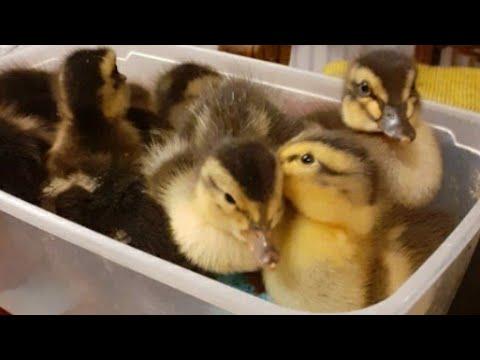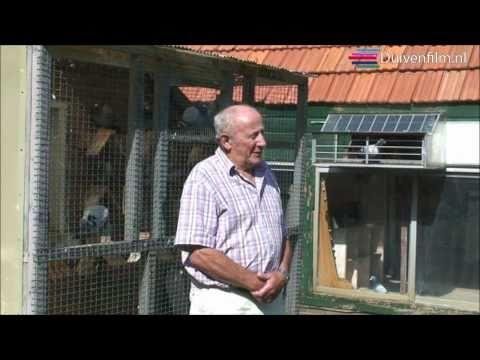Racing pigeons are a unique breed of domesticated birds known for their speed, endurance, and homing ability, which allows them to return to their nests over vast distances. Here’s a detailed breakdown about racing pigeons:
### What Are Racing Pigeons?
Racing pigeons are descendants of the rock pigeon and have been selectively bred for their ability to race long distances. They possess an extraordinary sense of direction, which enables them to find their way back home from unfamiliar locations, sometimes spanning hundreds of miles. These pigeons are also known for their speed, often reaching velocities of 60-70 miles per hour (97-113 km/h).
### The Racing Pigeon Sport
Racing pigeon competitions, also known as pigeon racing, involve releasing birds from a specific location and timing their return to their home loft. The pigeon with the highest velocity, determined by distance and time, wins the race. This sport has been popular since the 19th century, especially in countries like Belgium, the Netherlands, and the UK, and has grown globally.
### Homing Ability
The remarkable homing instinct of racing pigeons is still a mystery to scientists. They are thought to use a combination of magnetic fields, the position of the sun, olfactory cues, and visual landmarks to navigate. Some researchers believe pigeons also have an internal compass and map system that guides them over long distances.
### Training and Care
Racing pigeons require regular training and specialized care to maintain their health and enhance their performance. Training usually involves gradually increasing the distance from which they are released until they are capable of navigating long distances on race day. They are also fed high-quality diets rich in grains, protein, and fats to fuel their flights.
### Notable Facts
- **History in War**: Pigeons have been used in wartime to carry messages across enemy lines. Their speed and reliability made them valuable assets in both World War I and World War II.
- **Lifespan**: Racing pigeons can live up to 15 years or more, but their racing careers typically span from ages 1 to 5.
- **Breeding**: Selective breeding plays a crucial role in the sport. Breeders focus on lineage, speed, stamina, and homing instincts to produce top-quality racing pigeons.
### Conclusion
Racing pigeons are fascinating animals known for their endurance, speed, and homing ability. The sport of pigeon racing combines skillful breeding, careful training, and a deep appreciation for these birds' natural talents. It continues to captivate enthusiasts around the world.
Let me know if you need more specific details or focus on a particular aspect of racing pigeons!
### What Are Racing Pigeons?
Racing pigeons are descendants of the rock pigeon and have been selectively bred for their ability to race long distances. They possess an extraordinary sense of direction, which enables them to find their way back home from unfamiliar locations, sometimes spanning hundreds of miles. These pigeons are also known for their speed, often reaching velocities of 60-70 miles per hour (97-113 km/h).
### The Racing Pigeon Sport
Racing pigeon competitions, also known as pigeon racing, involve releasing birds from a specific location and timing their return to their home loft. The pigeon with the highest velocity, determined by distance and time, wins the race. This sport has been popular since the 19th century, especially in countries like Belgium, the Netherlands, and the UK, and has grown globally.
### Homing Ability
The remarkable homing instinct of racing pigeons is still a mystery to scientists. They are thought to use a combination of magnetic fields, the position of the sun, olfactory cues, and visual landmarks to navigate. Some researchers believe pigeons also have an internal compass and map system that guides them over long distances.
### Training and Care
Racing pigeons require regular training and specialized care to maintain their health and enhance their performance. Training usually involves gradually increasing the distance from which they are released until they are capable of navigating long distances on race day. They are also fed high-quality diets rich in grains, protein, and fats to fuel their flights.
### Notable Facts
- **History in War**: Pigeons have been used in wartime to carry messages across enemy lines. Their speed and reliability made them valuable assets in both World War I and World War II.
- **Lifespan**: Racing pigeons can live up to 15 years or more, but their racing careers typically span from ages 1 to 5.
- **Breeding**: Selective breeding plays a crucial role in the sport. Breeders focus on lineage, speed, stamina, and homing instincts to produce top-quality racing pigeons.
### Conclusion
Racing pigeons are fascinating animals known for their endurance, speed, and homing ability. The sport of pigeon racing combines skillful breeding, careful training, and a deep appreciation for these birds' natural talents. It continues to captivate enthusiasts around the world.
Let me know if you need more specific details or focus on a particular aspect of racing pigeons!
Log in of aanmelden om een reactie te plaatsen.
Wees de eerste die een reactie plaatst.















